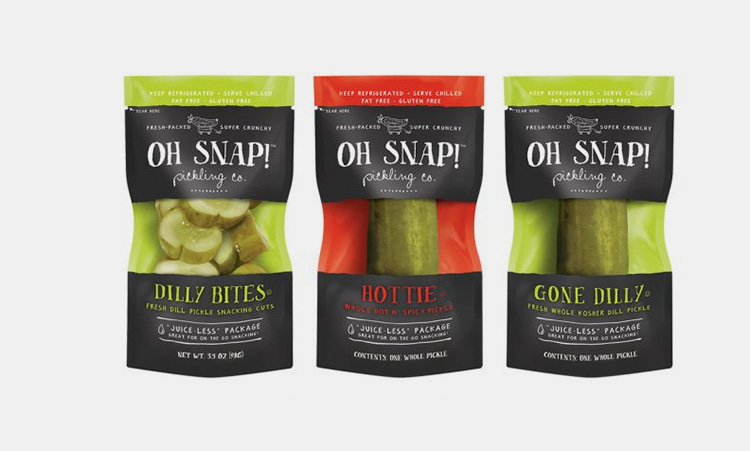Source: Link Testing Instruments Co.,Ltd.

How to test the content resistance of pickled vegetable packaging?
The so-called content resistance of pickled vegetable packaging refers to whether the barrier properties, flexibility and other properties of the finished pickled vegetable packaging bag have changed compared with the unpacked pickled vegetable packaging bag. Therefore, the content resistance of pickled vegetable packaging can be verified by testing the composite fastness of the packaging before and after packaging the pickled vegetables (tested by peel strength test) or the tensile force and elongation at break (tested by tensile strength, elongation and elastic modulus test).
What performance should be focused on when pickled vegetable packaging enters the factory?
(1) Barrier properties
- Barrier properties to oxygen in the environment - verified by oxygen permeability test to prevent the packaging material from getting moldy or bulging due to high permeability and poor barrier properties.
- Rub resistance - for composite films containing aluminum (such as aluminized films, aluminum foils, etc.), the oxygen permeability before and after rubbing is tested for comparison and verification. If the rubbing resistance is poor, creases and pinholes are likely to appear, causing the barrier properties of the packaging material to decrease.
Automatic Tensile Tester XLW-500N
(2) Physical and mechanical properties
- Thickness uniformity - verified by testing the packaging thickness. Thickness uniformity is the basis for ensuring good packaging performance.
Thickness Tester LTCHY-HS
- Slipperiness - verified by friction coefficient test to prevent the packaging material from being difficult to unwind or slipping due to excessive or low friction coefficient.
- Composite fastness - verified by peel strength test to prevent the packaging material from being intolerant to the oil or acid-base solution inside the pickled vegetables, which may cause the packaging bag with poor composite fastness to have a more serious composite fastness decrease or even delamination.
Coefficient of Friction Tester LTMXS-06
(3) Hygienic performance
- Residual organic solvents - verified through solvent residue tests. If the residual solvents are too much, the packaging film will have an odor, and the residual solvents will be more likely to migrate into the packaged pickles in an acidic or alkaline environment, causing the pickles to have an odor, which will affect the health of consumers.
What are the common packaging forms and materials for pickled vegetables?
- Common packaging forms
- Bottled: Glass bottles are common. During the processing, the bottle is sealed after heating and sterilization, which can form a certain negative pressure inside the bottle, slowing down the oxidation and deterioration of pickled vegetables. The bottle has good sealing performance. Therefore, the shelf life of bottled pickled vegetables is generally longer. However, the sealing effect of the bottle mouth must be strictly controlled during filling.
- Bag packaging: Common packaging bags include plastic composite film and aluminized composite film (plastic film and aluminized film), etc. Vacuum packaging is generally used to prevent pickled vegetables from becoming rancid. The shelf life is related to the barrier and sealing properties of the packaging bag.
- Common packaging materials
- BOPP/PVDC/CPP: high barrier properties, high temperature cooking resistance, softness, suitable for food vacuum skin packaging, commonly used for the packaging of mustard tuber;
- KPET/PE, KOPP/PE, K glass paper/EVA, OPP/glass paper/PP, OPA/EVOH/PE: acid resistance, light resistance, gas barrier, moisture barrier, cold resistance, low temperature heat sealing and inclusion resistance heat sealing, suitable for the packaging of impregnated food;
- BOPP/PE, BOPP/EVOH/PE (or EVA), PET/PE (or EVA), KPA/PE, BOPP/Al/PE, BOPP/VMPET/PE, PET/VMPET/PE, BOPA/VMPET/PE, BOPA/PE (or EVA), BOPA/Al/CPP: used for the packaging of mustard tuber, salted vegetables and pickles.
For more details please visit www.linktesting.org
